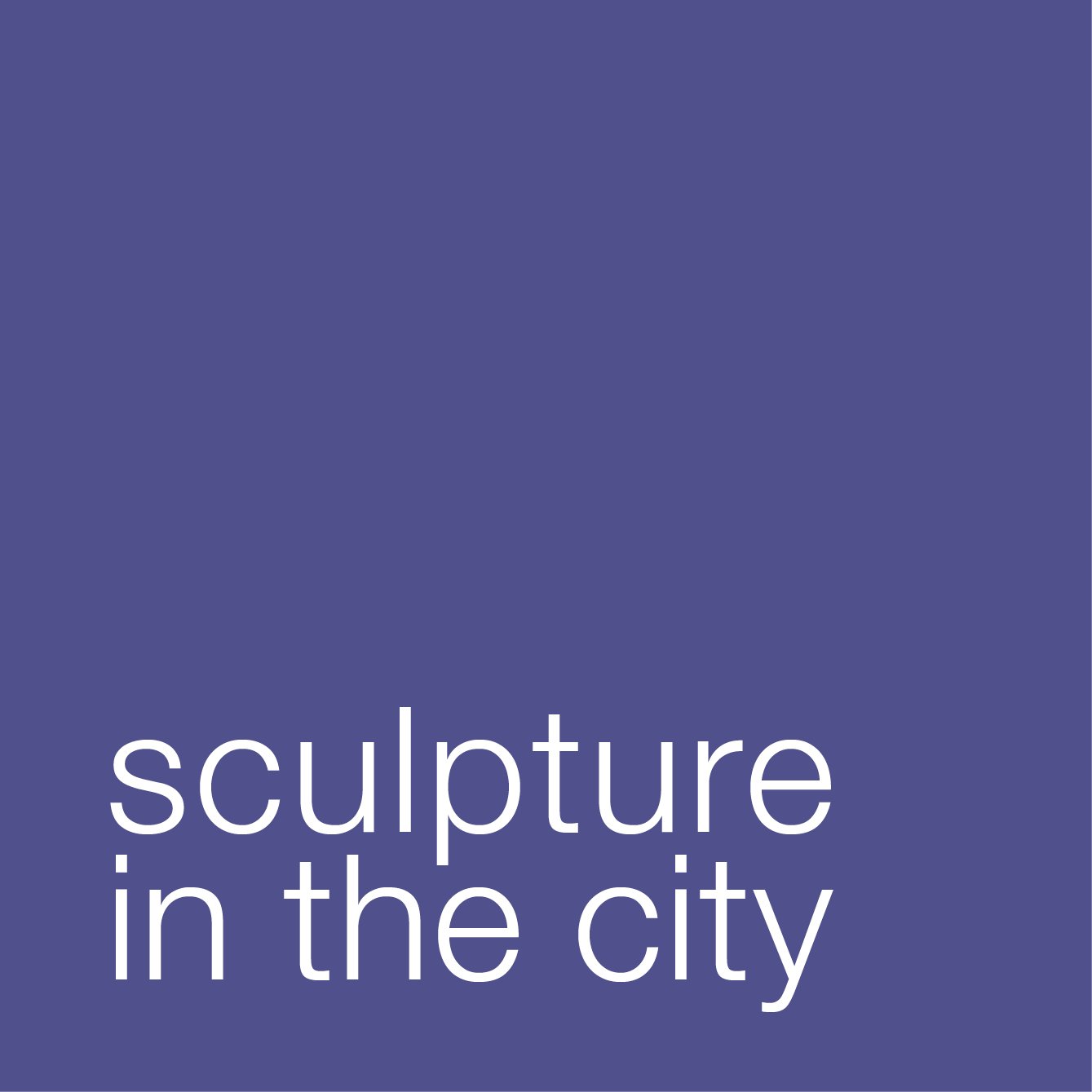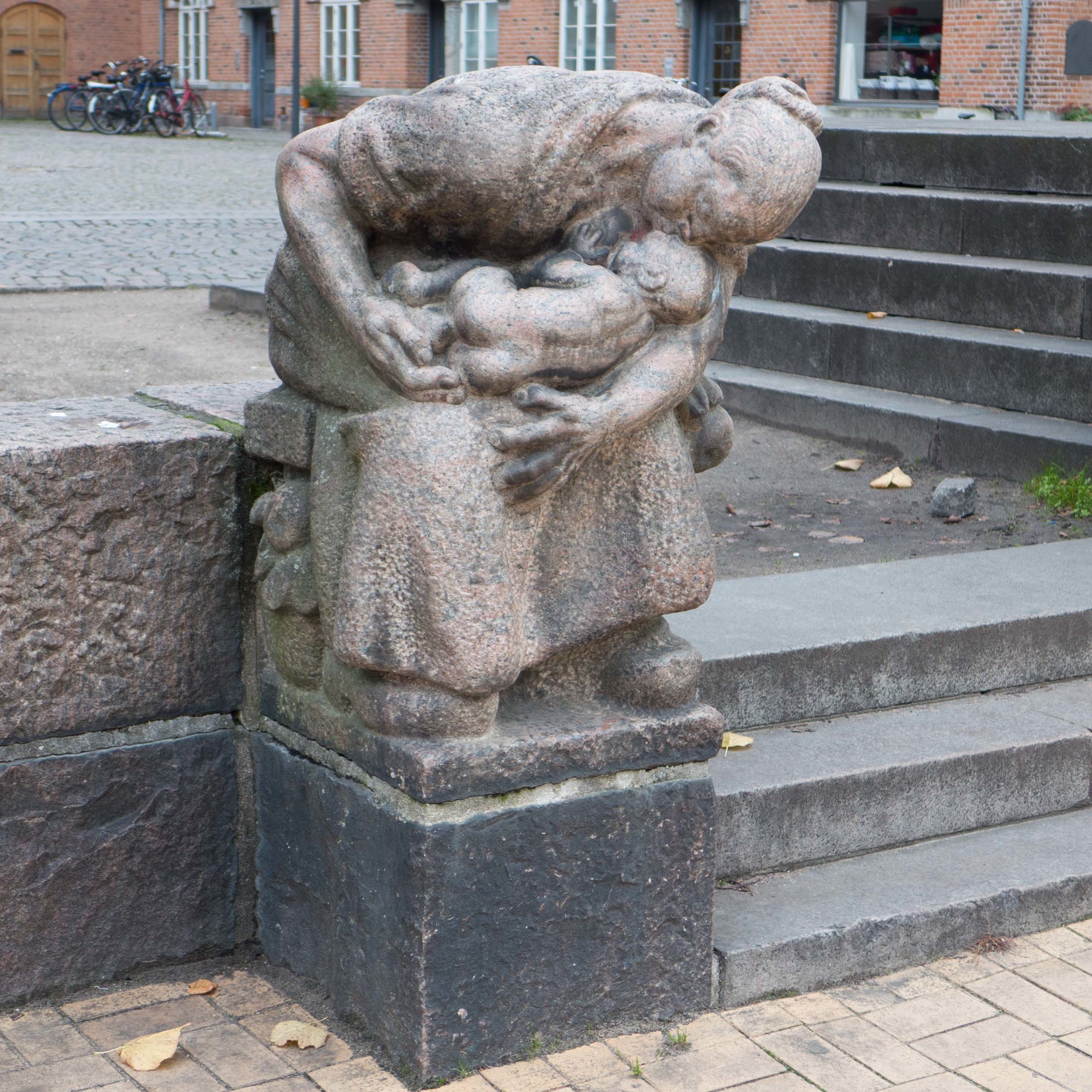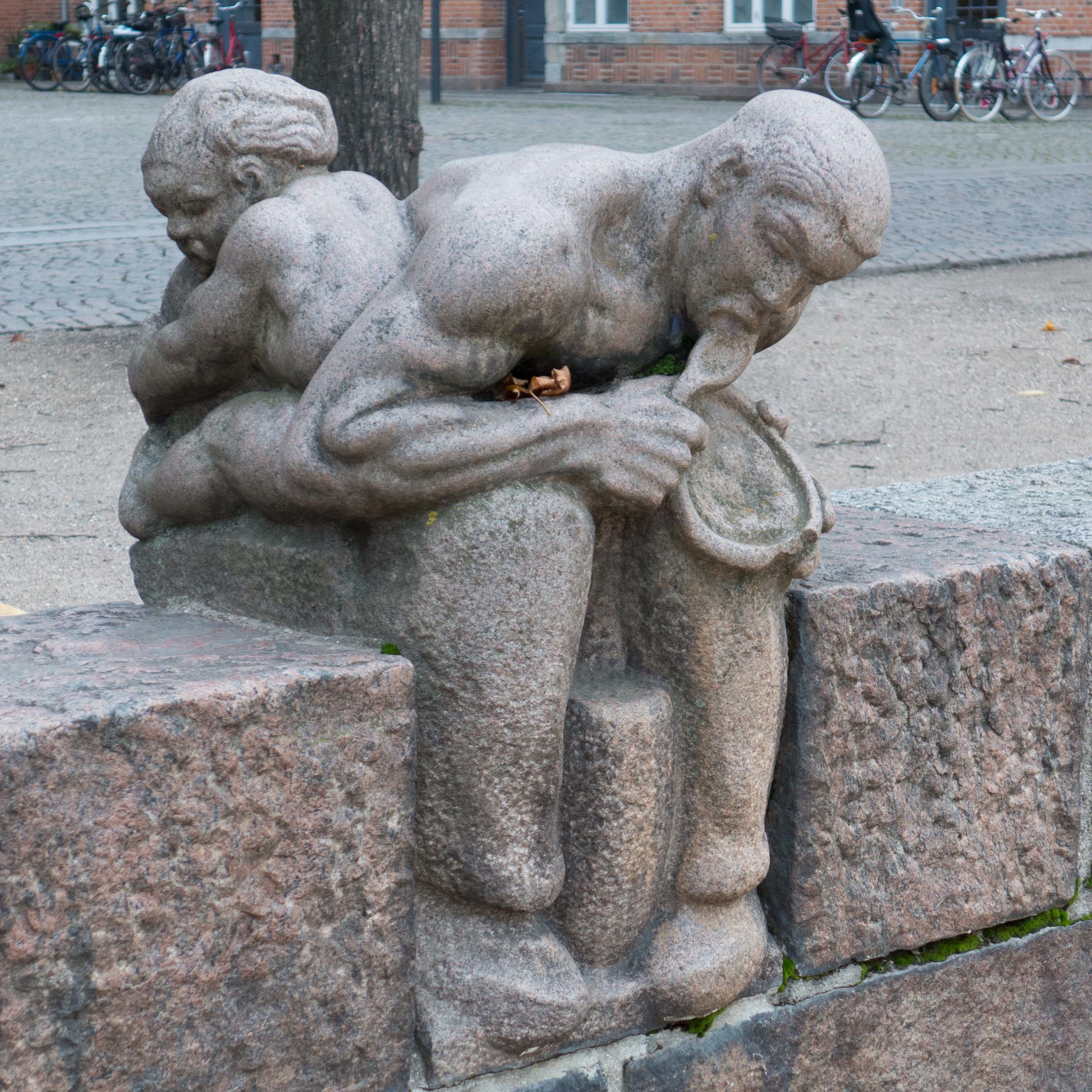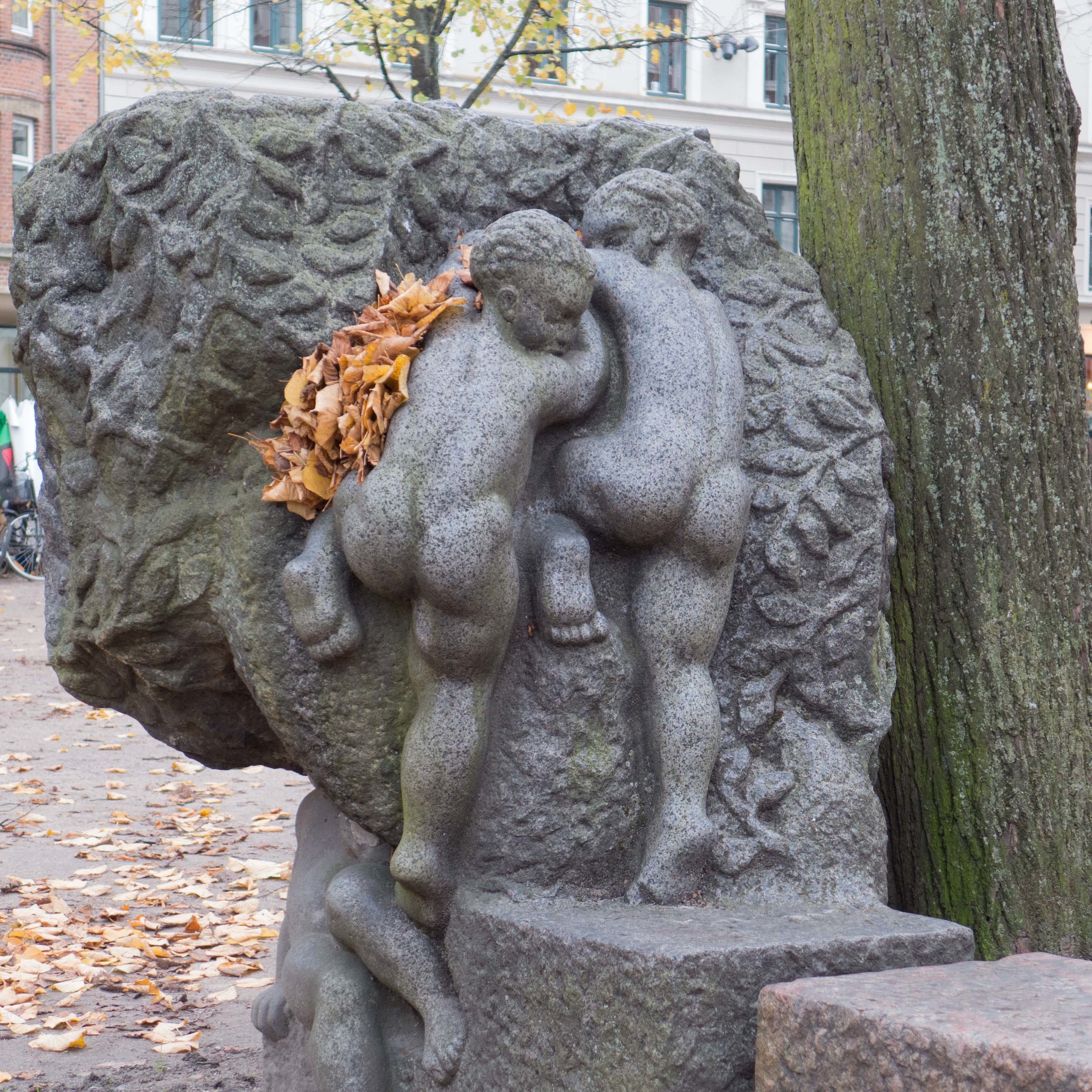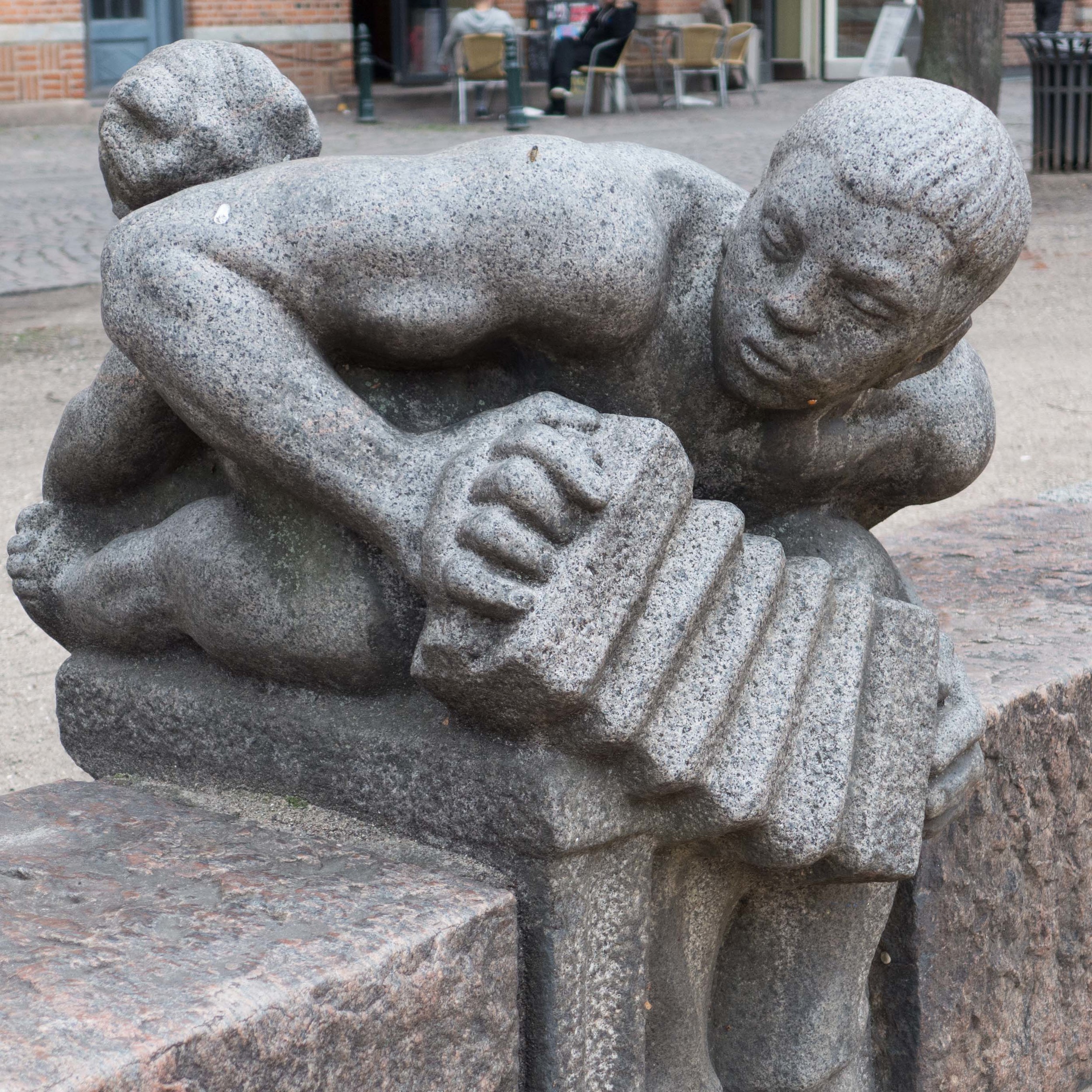Langelinie monument
/A sculpture on the Langelinie promenade commemorates such an amazing story that it deserves a separate post.
The monument to Ludvig Mylius-Erichsen, First Lieutenant Niels Peter Høeg Hagen and Jørgen Brønlund is just off the main path, on the north side of the marina and down on the edge of the water.
The three men were part of an expedition that set out in 1906, led by Mylius-Erchisen, to explore and map the west coast of Greenland.
In the Spring of 1907, they left the rest of the group on a trip by dog sled to start the survey but did not return. In March the following year, the body of Brønlund was found with his journal recording the deaths of his two companions but the bodies of the other two men have never been recovered.
In 1911 a competition was held for an appropriate monument and a design by Kaare Klint and Kai Nielsen was selected by the judges.
A massive granite boulder chosen for the monument had been discovered submerged in the Flinterenden Channel - in the sound off the island of Saltholm - and Kai Nielsen actually donned a diving suit and inspected it on the sea bed before the 40-ton rock was raised by a large crane and transported to its final location where the figures and the commemorative text on the landward side were then carved in situ.
the text is taken from Brønlund’s journal:
MINDESTEN/FOR MYLIUS ERICHSEN/BRØNLUND OG HØEG HAGEN/DER SATTE LIVET TIL PAA DAN-/MARK-EXPEDITIONEN I AARET 1907/AF JØRGEN BRØNLUNDSDAGBOG:/OMKOM 79 FIORDEN EFTER FORSØG/HJEMREJSE OVER INDLANDSISEN I/NOVEMBER MAANED JEG KOMMER/HERTIL l AFTAGENDE MAANESKIN OG/KUNDE IKKE VIDERE AF FORFROSNINGER I FØDDERNE OG AF MØRKET/ANDRES LIG FINDES MIDT I FJORDEN/FORAN BRÆ (OMTRENT 2½ MIL)/HAGEN DØDE 15 NOVEMBER/OG MYLIUS OMTRENT 10 DAGE EFTER
Memorial to Mylius Erichsen/ Brønlund and Høeg Hagen who lost their lives on the Denmark expedition in the year 1907- From Jørgen Brønlund's diary. Passed 79 fjord after attempt- journey home across inland ice in November. I arrive here in waning moonlight and can go no futher for frostbite in my feet and for the darkness. Others' bodies are in the middle of the fjord in front of glacier (about 2 ½ miles)- Hagen died 15 November and Mylius about 10 days later.
